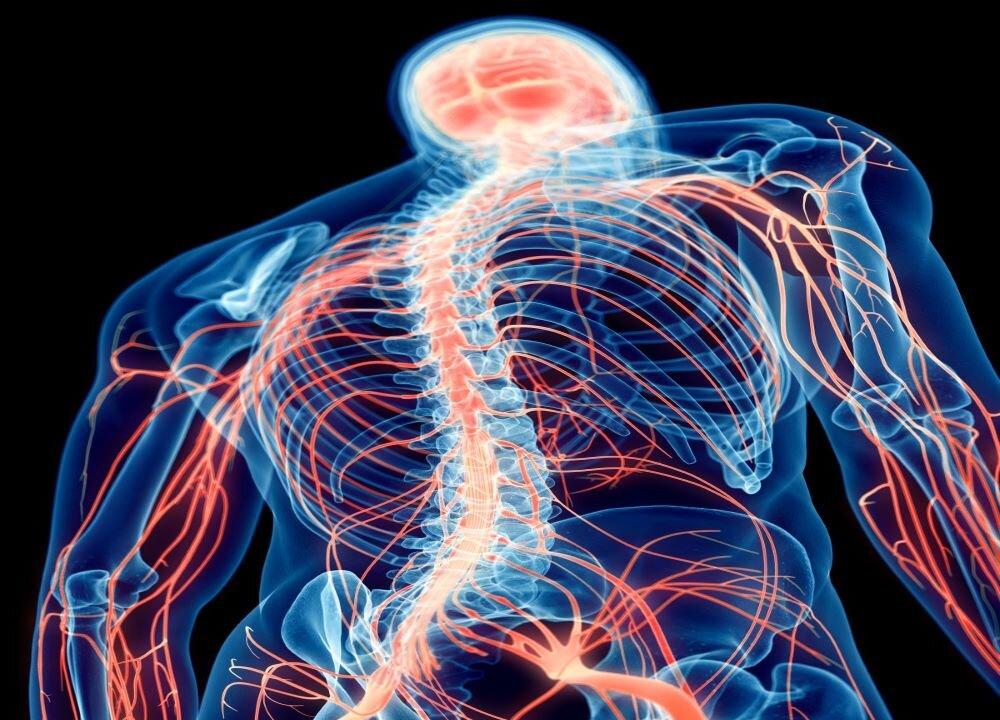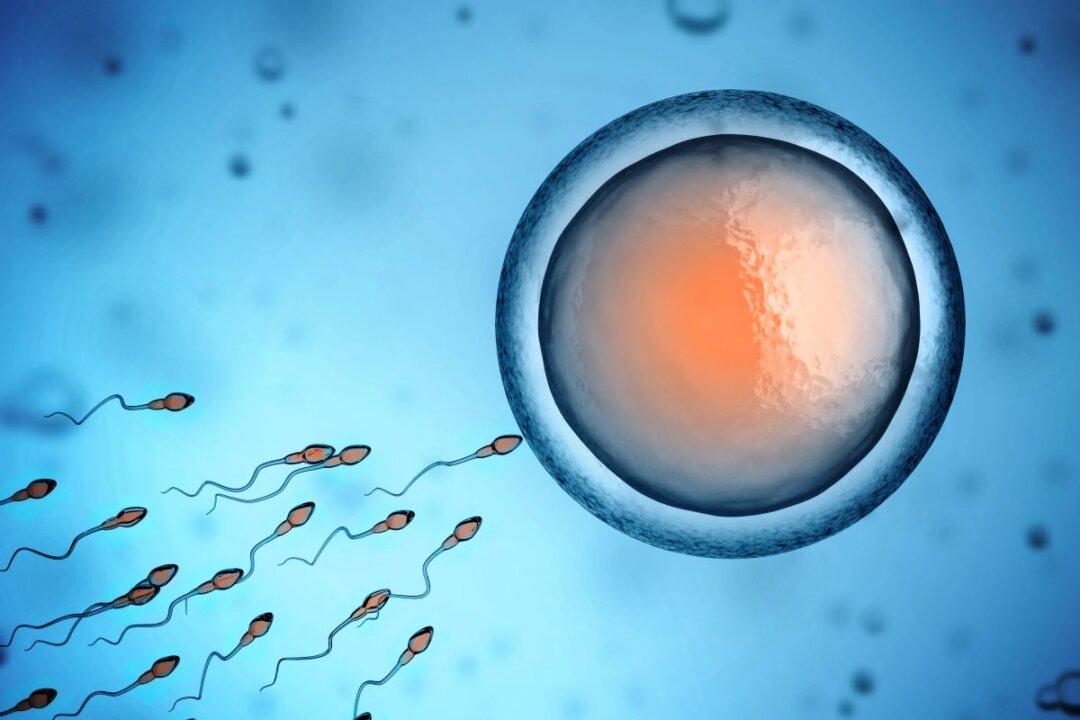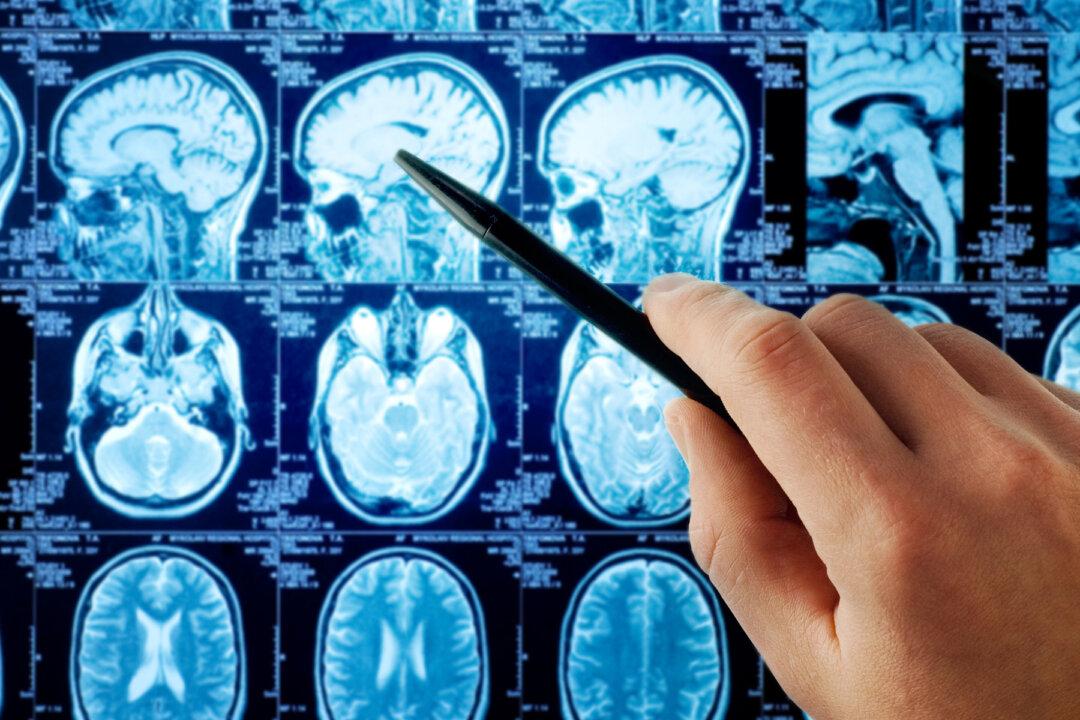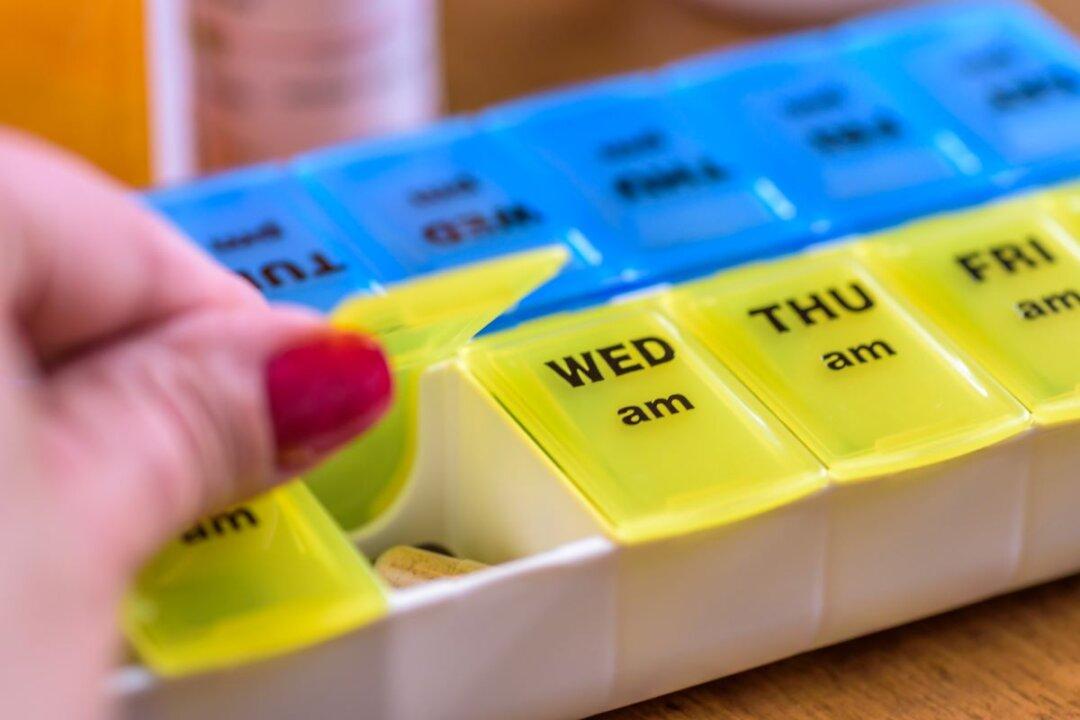An abnormal protein known to cause rare genetic forms of motor neurone disease (MND) could be implicated in nerve cell death in all forms of the condition, Australian researchers have found.
The study, led by researchers from the University of Sydney’s Brain and Mind Centre and published in the neuroscience journal “Brain,” is the first to demonstrate that toxic changes to the protein take place in people with both genetic or non-genetic forms of MND.





